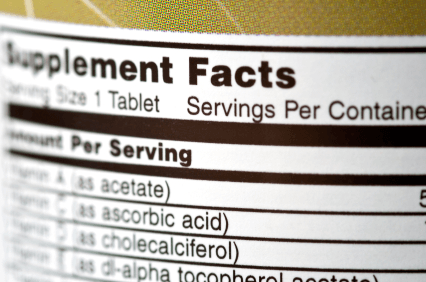The DSLD was initially released to the public in 2013, at which point it had 16,712 labels filed, labels taken from products reported in national population-based surveys and voluntarily submitted by manufacturers and marketers. In 2017, according to the DSLD website, it was redesigned for mobile users, at which point it had around 80,000 labels. Today, it has 125,565 labels catalogued.
An article in theJournal of Food Composition and Analysisdocuments the new changes. The updated website clearly communicates whether products are on or off the market, and documents the date of label collection. The database allows users to filter products by ingredient category, supplement form, target consumer base, and other defined criteria. Full labels are visible within search results. The website also offers the ability to view data in pictorial formats, resulting in a “much-improved user experience,” according to the article. This modernization, the article says, ensures that the resource “has new forms of data delivery to meet the needs of App developers and data scientists, and improved performance for users.”
Related: 4 Transparency Checks that Drive Sales 3 Takeaways From the 2021 Dietary Supplements Regulatory Summit DSQC Calls Industry to Action on 3 Fronts
The American Herbal Products Association (AHPA) stated in a press release that it submitted comments to ODS in December 2015 requesting improvements to the DSLD, such as clearer identification of on- or off-market status. Michael McGuffin, President of AHPA, said in the release: “The Dietary Supplement Label Database has been a valuable resource since its inception. AHPA established a policy in 2015 encouraging members that market supplement products under their own brands to submit labels for inclusion in the DSLD or in the Supplement Online Wellness Library. These new features will make it even easier for industry to help consumers and regulators access a comprehensive record of products in the marketplace.”









